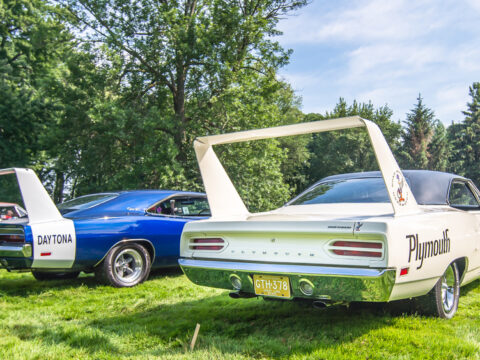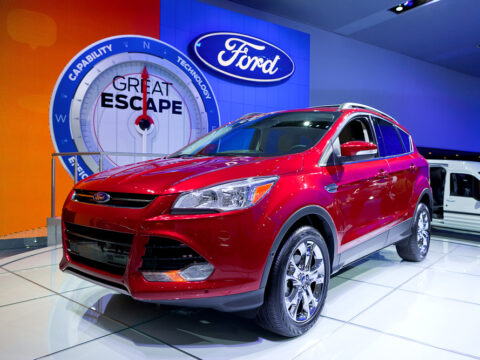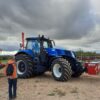Choosing between all-wheel drive (AWD) and four-wheel drive (4WD) can be confusing, especially with so many myths surrounding both systems. Many drivers believe these drivetrains are the same or make assumptions about their capabilities that aren’t always accurate. We’ll break down 17 common misconceptions about AWD and 4WD to help you better understand how they work and which one might be the right choice for you.
Contents
AWD and 4WD Are the Same Thing
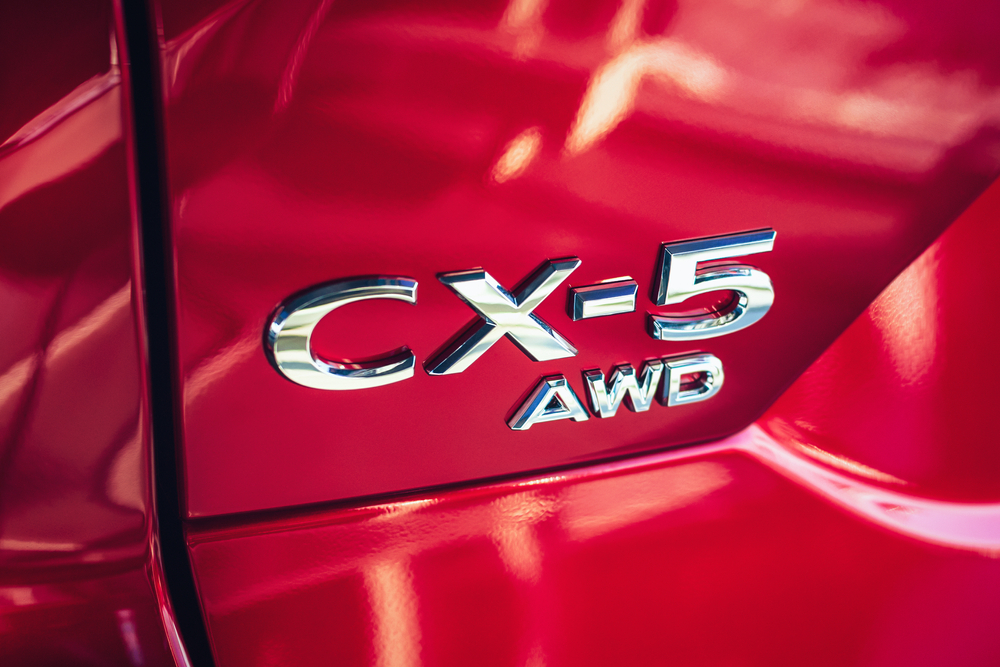
Many people think AWD and 4WD are the same, but they actually work differently. AWD, or all-wheel drive, delivers power to all four wheels automatically and is perfect for on-road driving. Meanwhile, 4WD, or four-wheel drive, typically has to be manually engaged and is designed for off-road use. AWD helps with slippery roads and everyday conditions, whereas 4WD excels in rugged terrain.
4WD Is Always Engaged
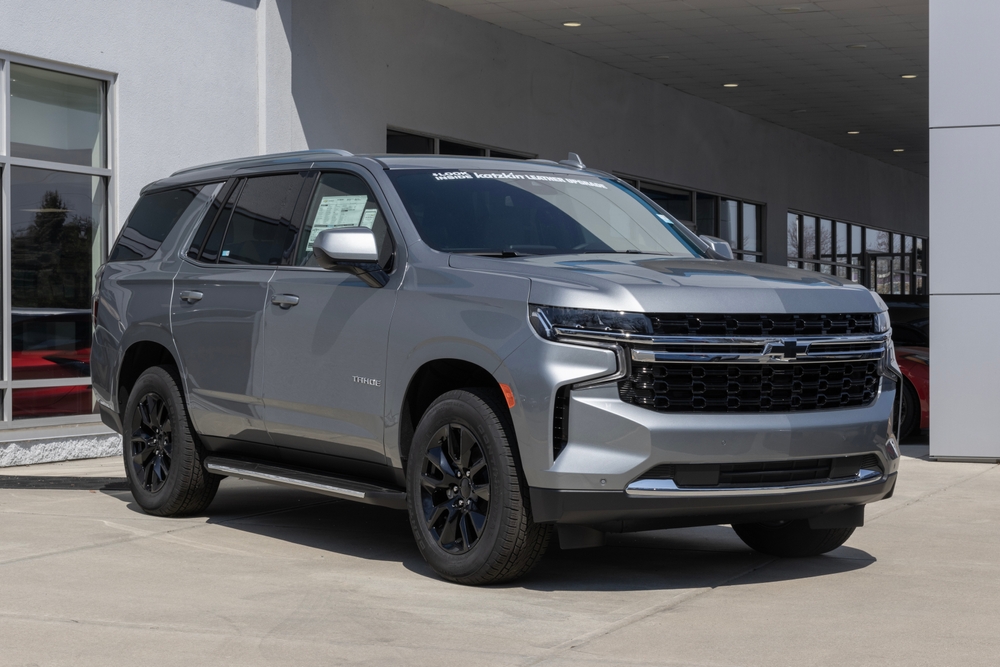
A common misconception is that 4WD is always turned on, but most 4WD systems need to be manually activated. In many vehicles, 4WD is only used when extra traction is necessary, such as on rough trails or in deep snow. Once the tough conditions pass, drivers usually switch back to two-wheel drive to improve fuel economy. There are automatic 4WD systems, but they still engage only when needed. Knowing when to activate 4WD ensures better efficiency and performance.
AWD Provides Better Off-Road Performance Than 4WD

Some drivers believe AWD outperforms 4WD off-road, but that’s not true. AWD is designed for on-road use and helps in light off-road scenarios, like gravel paths. However, 4WD systems are built for tougher environments, offering low-range gearing and extra torque for navigating steep slopes and deep mud. In serious off-road situations, 4WD’s capabilities are superior. If you’re into heavy off-roading, 4WD is the better choice.
AWD Is More Fuel-Efficient Than 4WD
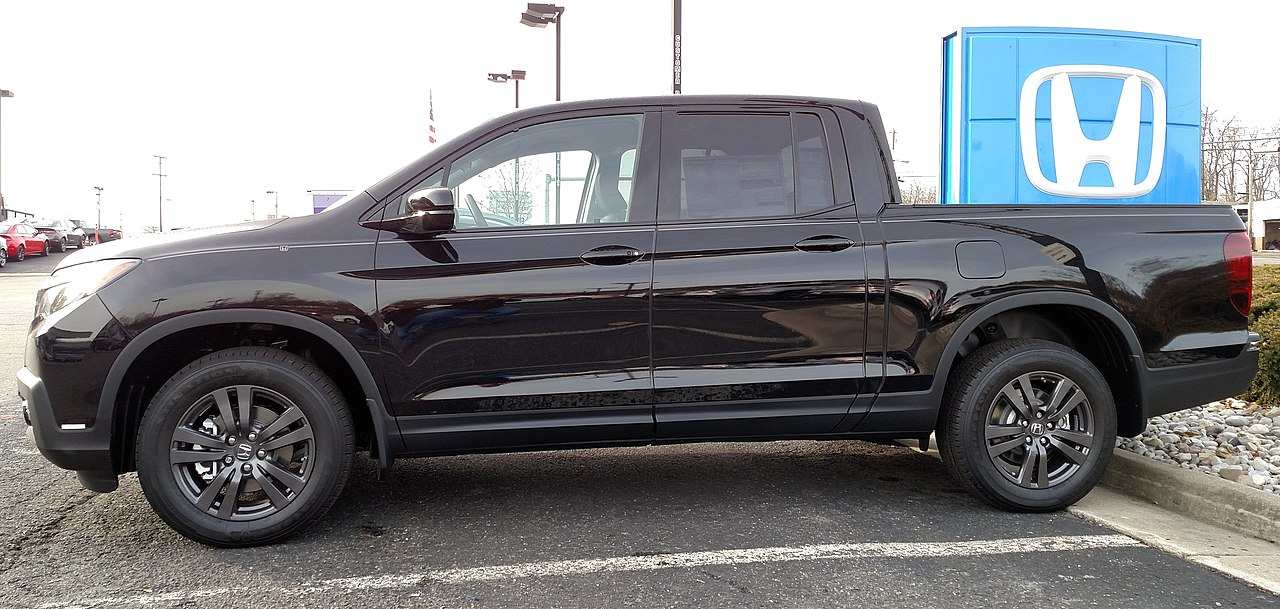
It’s often assumed that AWD is always more fuel-efficient than 4WD, but the reality can be more complex. AWD systems can add weight and drag, especially when power is being sent to all four wheels. Although AWD generally uses less fuel than full-time 4WD, it’s not as efficient as two-wheel drive options. Factors like driving habits and vehicle type also influence fuel efficiency. Comparing fuel economy ratings is crucial when deciding between AWD and 4WD.
You Don’t Need 4WD Unless You Off-Road

People often think 4WD is only necessary for off-roading, but it can be valuable in other situations too. 4WD provides excellent traction in tough conditions, like deep snow or muddy roads, making it a great choice for winter driving or rural areas. On the other hand, AWD is often enough for urban environments with occasional snow or rain. It all depends on where you drive and how often you face challenging conditions. For extreme environments, though, 4WD is the go-to option.
AWD Is More Expensive to Maintain Than 4WD

Many believe AWD systems are pricier to maintain than 4WD, but that’s not necessarily true. In fact, 4WD systems tend to have more complex components, such as manual locking differentials and low-range gearing, which can require costly maintenance. AWD systems, on the other hand, are typically simpler and don’t require as much upkeep. However, maintenance costs vary based on how often the system is used and the type of terrain it’s subjected to. Regular maintenance helps prolong the life of both systems.
4WD Vehicles Are Invincible in Snow

Another widespread misconception is that 4WD vehicles are unbeatable in snow, but that’s far from the truth. While 4WD can improve traction, it doesn’t help with stopping or cornering on icy roads. Overconfidence in 4WD systems often leads to accidents because drivers think they’re immune to road conditions. Snow tires and safe driving techniques are still crucial for navigating snowy roads. Even with 4WD, proper tire care and cautious driving are essential.
AWD Is Safer Than 4WD in All Conditions
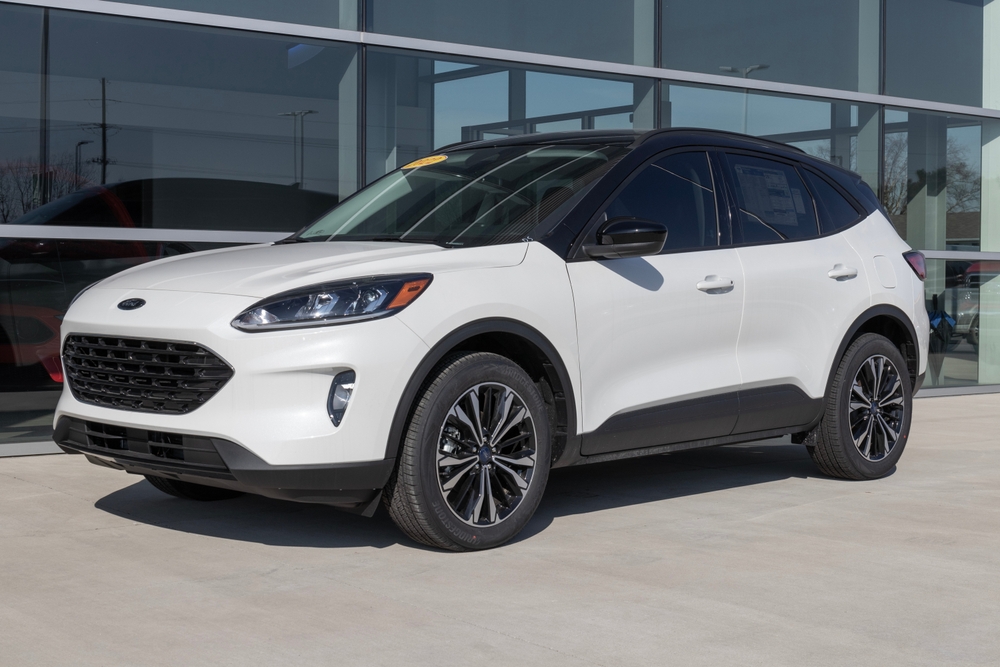
Some think AWD is always the safer choice compared to 4WD, but each system has its strengths. AWD is great for improving traction in everyday conditions, like rain or light snow. However, in extreme off-road or low-traction situations, 4WD offers more control thanks to its ability to lock power distribution evenly to all four wheels. The “safest” option depends entirely on the conditions you’re driving in. Each system is optimized for specific environments.
4WD Always Requires Manual Engagement
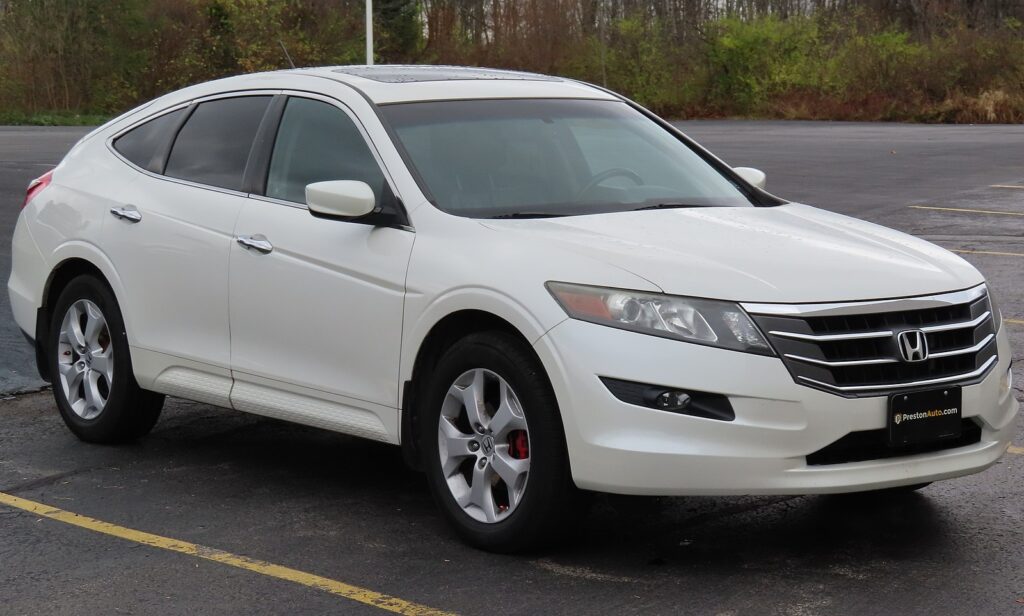
Many drivers mistakenly think that 4WD always has to be manually engaged, but that’s not true for all systems. Some modern 4WD vehicles have automatic systems that activate when needed, monitoring road conditions and distributing power accordingly. These systems take the guesswork out of when to use 4WD, making them convenient for drivers who travel through varying terrains. Still, many traditional 4WD setups do require manual activation.
AWD Provides Better Acceleration Than 4WD
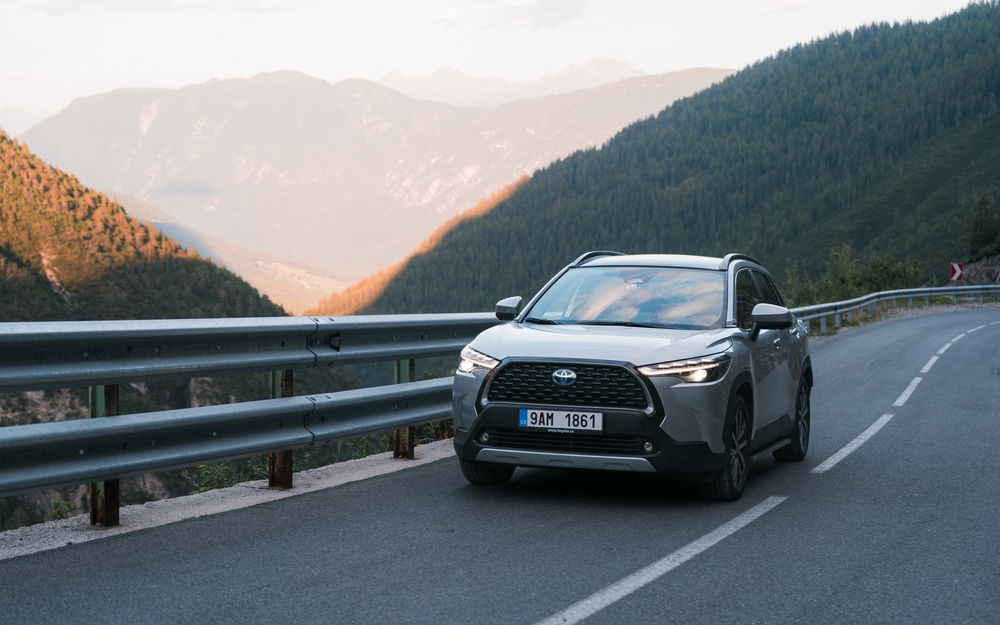
People often assume AWD delivers better acceleration than 4WD, but that depends on the situation. AWD improves acceleration on slick or wet surfaces by distributing power where it’s needed most. In off-road or low-speed environments, however, 4WD offers better acceleration by providing more torque to all four wheels. The context of driving plays a significant role in which system accelerates better. Both have their own advantages depending on the terrain.
4WD Vehicles Are Always Larger Than AWD Vehicles
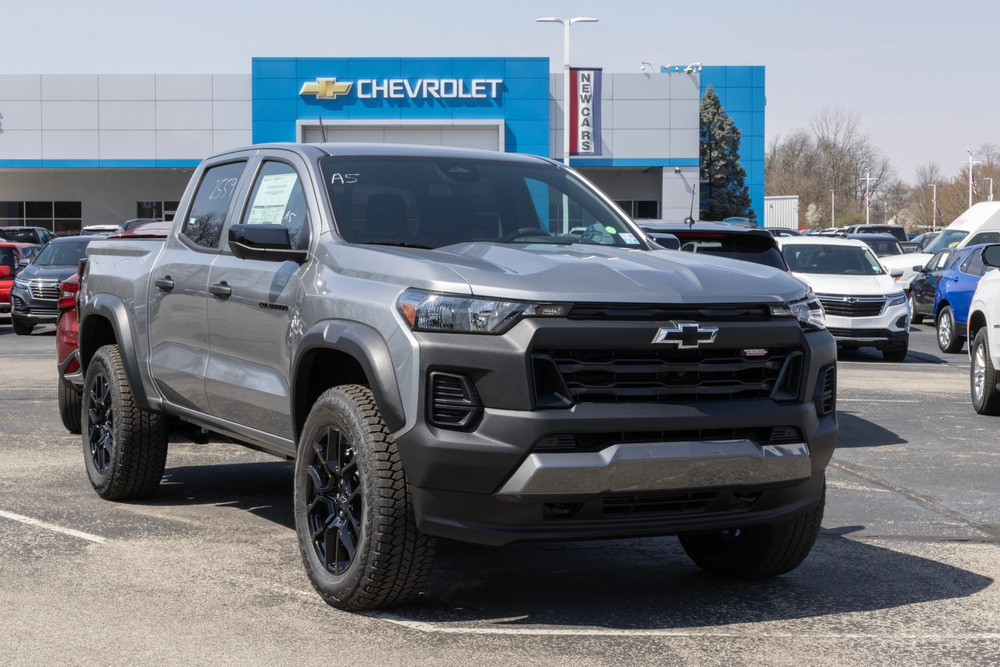
It’s a common myth that all 4WD vehicles are bigger than their AWD counterparts, but size doesn’t necessarily correlate with drivetrain. Many compact SUVs offer 4WD, while some larger crossovers feature AWD systems. The vehicle’s size depends more on its design and purpose than the type of drivetrain it uses. You can find both AWD and 4WD in a wide range of vehicle sizes. Choosing between them should be based on your driving needs, not vehicle size.
AWD Requires No Input from the Driver

Some drivers believe AWD requires no interaction or decisions on their part, but that’s not entirely true. While most AWD systems automatically distribute power as needed, some offer selectable driving modes that allow the driver to optimize performance for snow, mud, or other conditions. This can improve AWD’s efficiency and safety in specific environments. Though it’s more hands-off than 4WD, AWD can still benefit from driver engagement. Knowing your vehicle’s options enhances its versatility.
AWD and 4WD Make No Difference Without the Right Tires
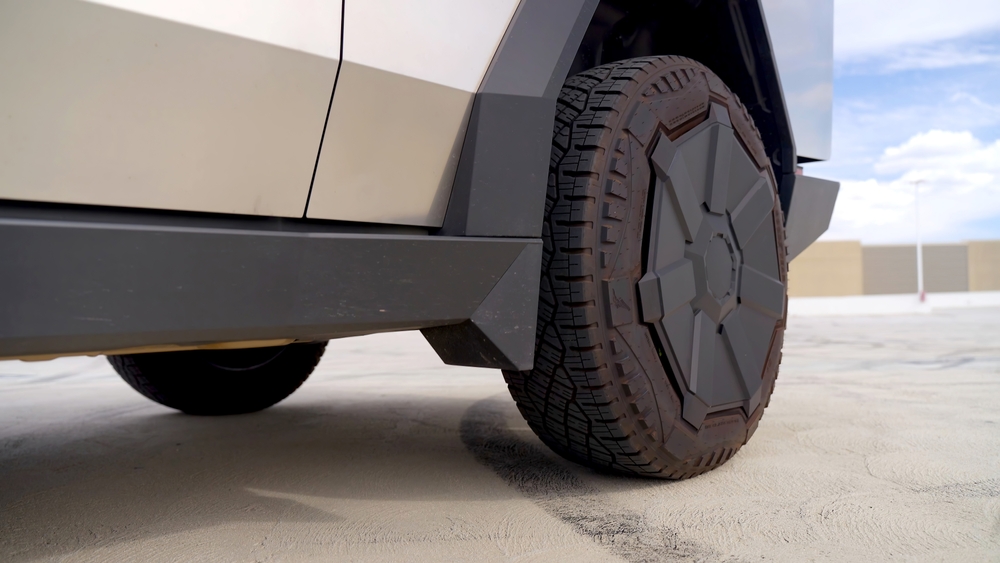
There’s a misconception that AWD or 4WD alone will get you through tough conditions, but without proper tires, both systems can fail. Even the best drivetrain system can struggle in snow or mud if the tires aren’t designed for those conditions. Snow tires, for example, can significantly improve traction and handling, even in two-wheel drive vehicles. Regardless of the drivetrain, the right tires are essential for optimal performance. Always pair your vehicle with appropriate tires for the terrain.
4WD Is More Durable Than AWD
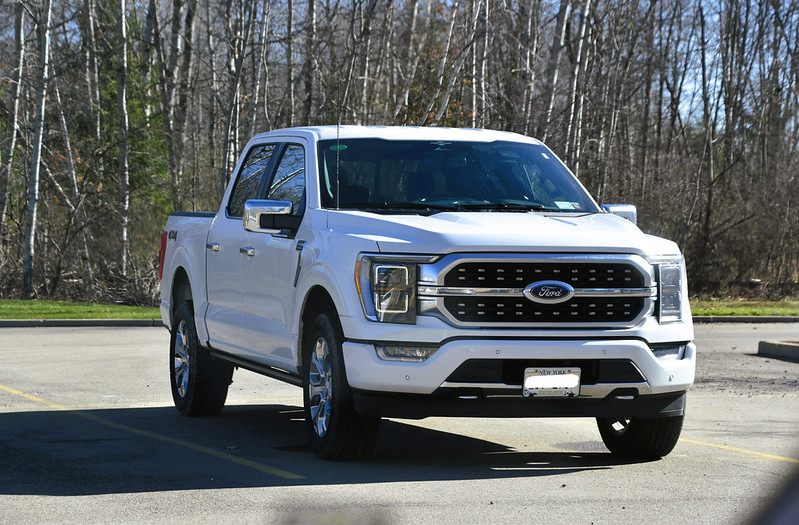
Some people think that 4WD systems are more durable than AWD because they’re built for rough terrain. While 4WD systems can withstand off-road challenges, they also tend to experience more wear and tear under extreme use. AWD systems, built for everyday driving, often last longer when used within their intended purpose. The durability of either system depends largely on how the vehicle is used. Regular maintenance will keep both AWD and 4WD in good condition.
AWD Is Better for City Driving Than 4WD

It’s often assumed that AWD is always the superior option for city driving, but it depends on the conditions. In cities with frequent rain or occasional snow, AWD provides better traction without the bulk of a 4WD system. However, if the area has minimal inclement weather, front-wheel drive (FWD) may be more fuel-efficient and practical. AWD shines in unpredictable environments, but its benefits in cities can be overstated. Consider your typical driving conditions when choosing a system.
4WD Reduces Stopping Distance
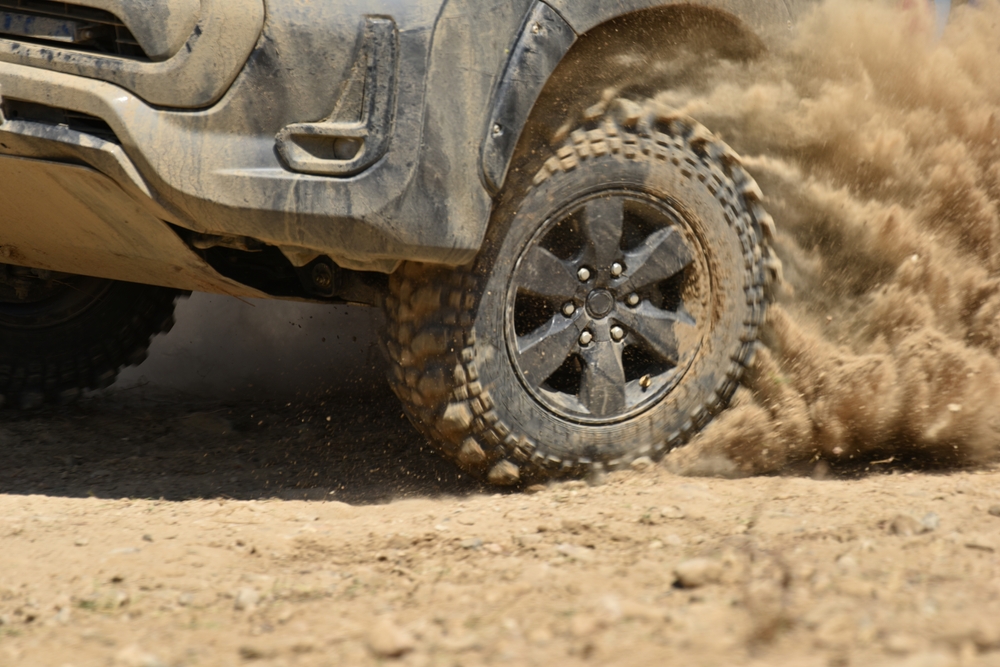
Some believe that 4WD reduces stopping distances in bad weather, but that’s a dangerous misconception. While 4WD improves traction for accelerating or maintaining speed, it doesn’t affect a vehicle’s ability to stop quickly. Stopping distance depends more on factors like tire quality and road conditions. Drivers should never rely on 4WD to help them stop faster in ice or snow. Safe driving practices and proper tires are still key for reducing stopping distances.
4WD Improves Fuel Efficiency

It’s often believed that 4WD vehicles offer better fuel efficiency due to their advanced traction, but 4WD systems actually tend to decrease fuel economy. The added weight and complexity of 4WD can cause the vehicle to consume more fuel, especially when driving on-road where the extra traction isn’t necessary. AWD and front-wheel drive systems are typically more fuel-efficient. 4WD is best for off-roading and tough conditions, but it comes at a cost in terms of fuel. Always consider fuel economy when choosing a drivetrain.
This article originally appeared in MyCarMakesNoise.
More from MyCarMakesNoise
19 TV Cars That Drove Their Way into Pop Culture History

TV shows have given us some unforgettable characters over the years, but it’s not just the actors who steal the spotlight. Some of the most iconic TV moments feature incredible cars that have become stars in their own right. Read More.
8 Classic Boats That Sailed into Obscurity

Over the years, many classic boats that once ruled the waters have quietly disappeared from the spotlight. These vessels, known for their craftsmanship, speed, or unique designs, have become rare finds, often overshadowed by modern innovations. Read More.
20 Key Considerations for Choosing the Right Family Vehicle
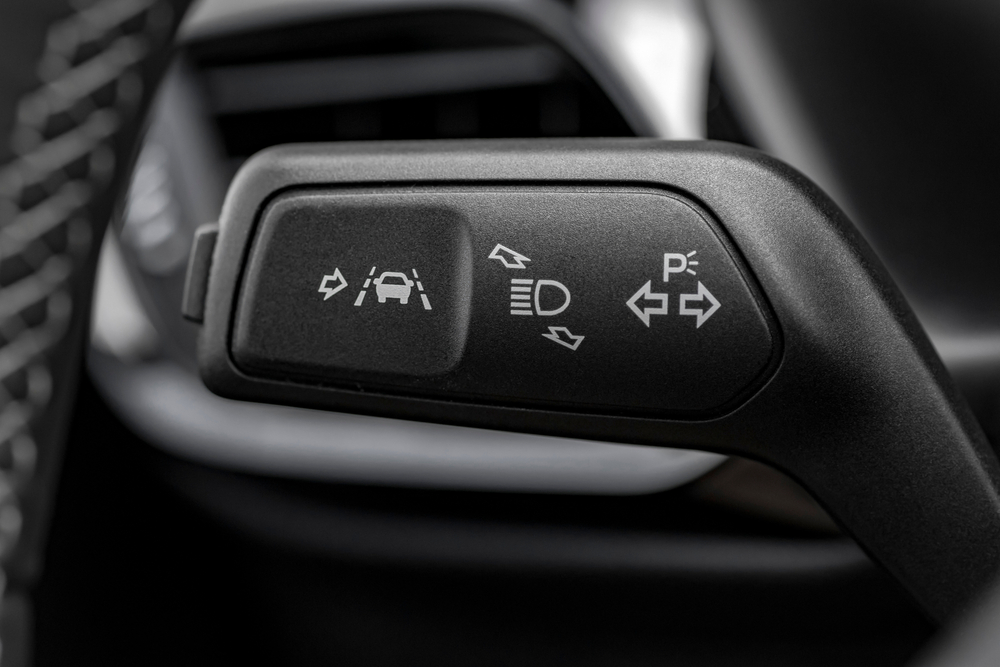
Choosing the right family vehicle is an important decision that goes beyond just picking a car you like. It’s about finding a vehicle that fits your family’s needs, keeps everyone safe, and provides comfort on every journey. Read More.

